Smart cities: The future of urban infrastructure
- Storm alert
- Around 40% of the global population lives in coastal areas. Much of the large-scale devastation in these areas is due to hurricanes and typhoons. (Thinkstock)
Technology is changing everyday city life, allowing us to instantly adapt to everything from storm threats to traffic jams.
Infrastructure is not exactly the sexiest word in architecture. There are no “starchitects” proudly boasting about their pipe designs or subsurface drainage systems. By its very definition – the underlying structures that support our systems – infrastructure is inherently hidden from us, and therefore often overlooked. But without it our current cities couldn’t possibly exist. Without finding ways to improve it, our future cities will struggle to survive.
Historically, our urban infrastructure has materialised as a response to some emergent or acute problem, like natural disasters. In 2010 it was estimated that over 40% of the global population lives in coastal areas, and much of the large-scale devastation in these areas is due to hurricanes and typhoons. Multi-billion-dollar estimates of infrastructure damage from Hurricane Sandy and Hurricane Katrina, as well as the recent devastation in the Philippines, demonstrate the amount of damage and human cost these disasters create.
In the more distant past, construction has been a driven by localised issues such as sanitation, flooding or fire. The reaction has been to engineer systems (under the powers of centralised, state-led planning and public funding) that solve a single problem at a particular time. Little thought has been given to future conditions.
But, rather than being reactive, future infrastructure designs will need to be anticipatory and proactive to be truly sustainable. Much like an ecosystem, these will contain many small-scale, networked elements that serve a multitude of uses, rather than one single guiding purpose for their existence. Urban community garden plots, for example, not only provide food for urban dwellers, but serve as stormwater management systems, allowing water and waste to be recycled at the smallest scale with real-time sensors telling the centralised system how much less will have to be processed downstream.
Cities will need to accurately measure current conditions, and model the future. Sensors and technological controls embedded within new and retrofitted urban designs could monitor existing conditions and provide real-time feedback in case modifications are needed. One of the best known examples of this type of next-gen monitoring is in Songdo, South Korea where everything from traffic flow to household waste is highly responsive and networked. Companies such as Cisco and Siemens are adding robust information technology infrastructure to power these emerging feedback systems. These smart-grid networks will become increasingly responsive to allocating electricity in response to demand, or public transport systems that respond to congestion by allocating buses where people are congregating or changing lights automatically based on traffic patterns. In Rio de Janeiro there is a hi-tech operations centre, where public safety responses to infrastructure failures such as building collapses or flooding can be quickly identified, analysed and disseminated to both technical specialists and the general public.
Wider picture
Infrastructure designs will not only have to anticipate short-term, local conditions, but long-term, global phenomena as well. After Sandy and Katrina, for example, solutions were focused on future sea level rise driven by climate change and the infrastructures necessary to “protect” these cities from future flooding. Conventional infrastructure repairs have used a robust engineering approach, elevating hard floodwalls to predicted future sea levels, and strengthening levees to protect against more frequent and intense storm surges.
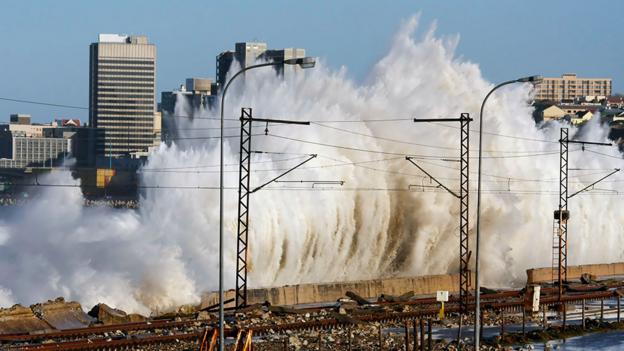
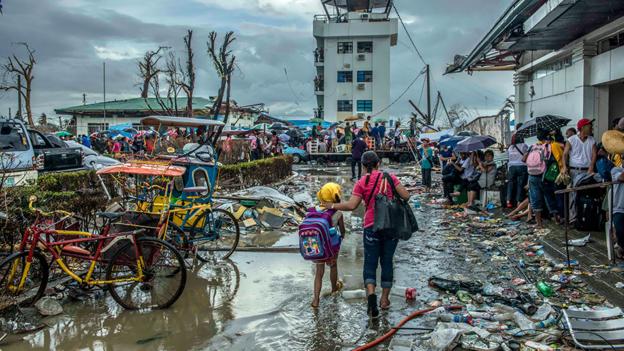
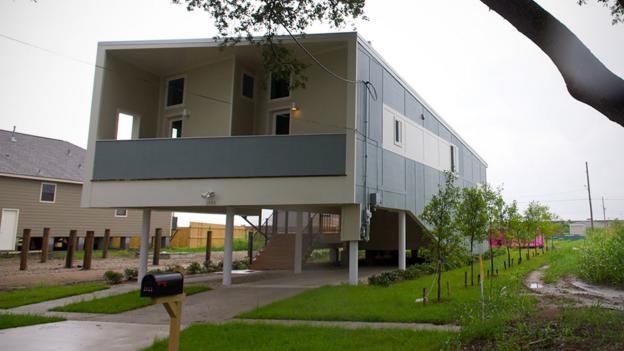
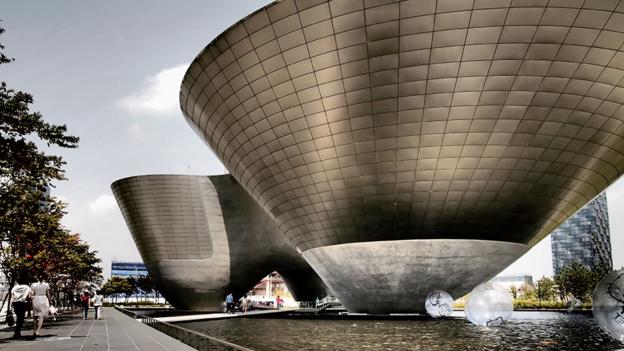
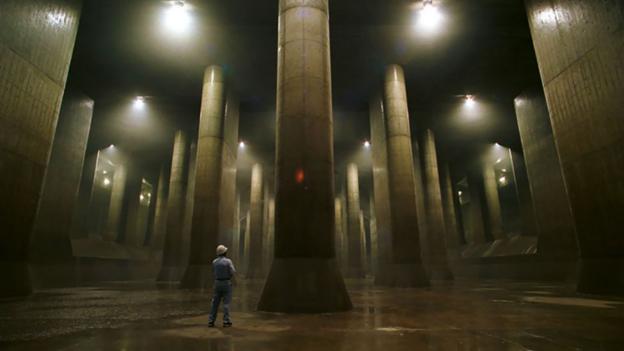

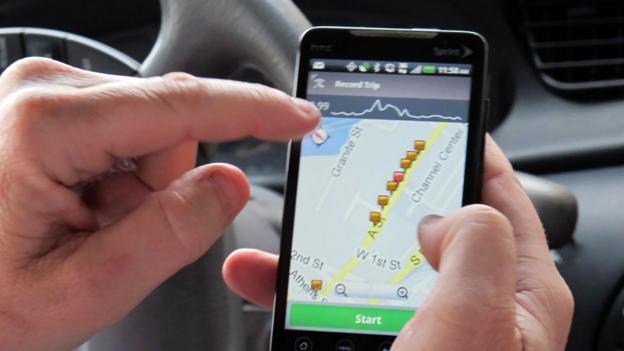













No comments:
Post a Comment